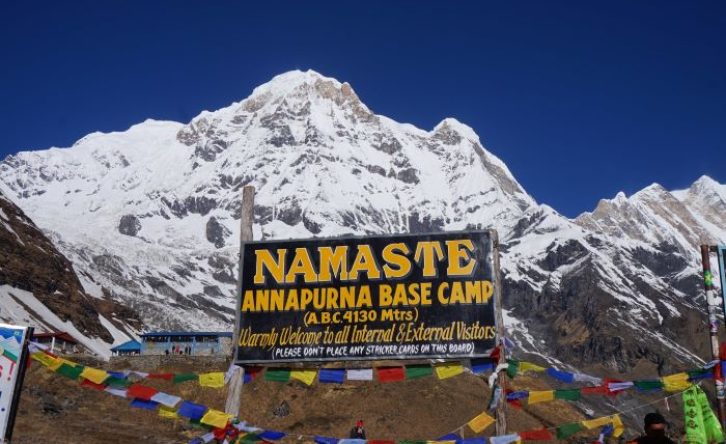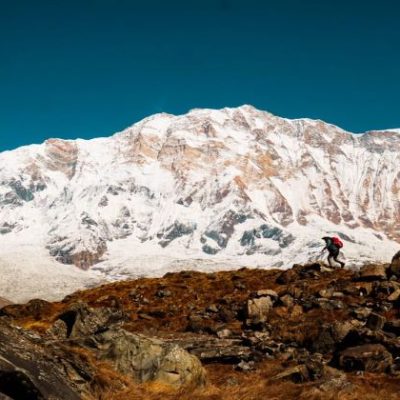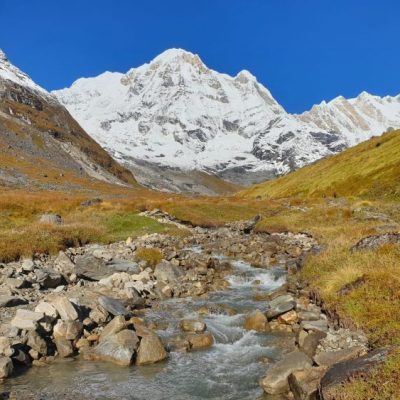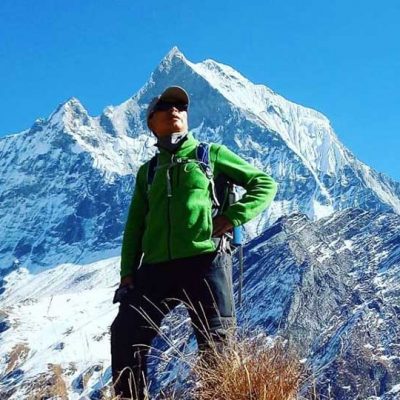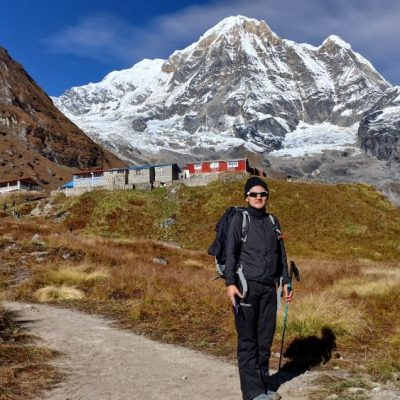Trip Facts
Trip Duration
8 days
Maximum Elevation
4200 M
Best Month
March / April and October -November
Trek Grade
Modrate
Trek Start / End
Pokhara
Group Size
4 -16
Overview
Details Itinerary
Cost Include / Exclude
What’s included
- Transportation from Pokhara to Hile and Jhinu to Pokhara by Private Jeep
- Annapurna Conservation permit and Agency Paper Work
- Meals on Trekking – 3 meals a day during the trek ( Breakfast, Lunch and Dinner)
- All accommodations in lodges/tea houses during the treks.
- Trekking Guide: An experienced, helpful, friendly, and English speaking trekking guide
- Trekking porter- One porter for 2 members
- Lodge to lodge accommodation
- Trekking equipment- Sleeping bag, Duffel bag, Down jacket
- Medical supplies (first aid kit will be available).
- All Government Taxes and Service Charge.
What’s excluded
- Personal Travel Insurance
- All The Drinks, Bar bills, personal expenses (phone call, laundry service, battery recharge,
- Tips for guide / Porter
Packing List
Suggested Items:
- Backpack/Rucksack: For carrying your gear. If you don’t have one, our company will provide a duffel bag.
- Personal Daypack or Day Rucksack: For carrying personal items, valuables, camera, wallet, memory cards, etc.
- Sleeping Bag
- Down Jacket
- Light Hiking Trousers
- Trekking/Hiking Shoes
- Sandals
- Ankle Gaiters
- Gloves
- Wool Hat and Sun Cap:
- Sunglasses:
- Drinking Water Bottle:
- Torch or Headlamp
- First Aid Kit and Medicines: Provided by our company.
- Long Johns:
- Walking Poles:
- Camera and Battery Charger:
- Sunscreen Lotion:
- Light Breathable Hiking Trousers: F
- 1-2 T-Shirts:
- Soap or Shampoo:
- Bathing Towel:
Trip Map
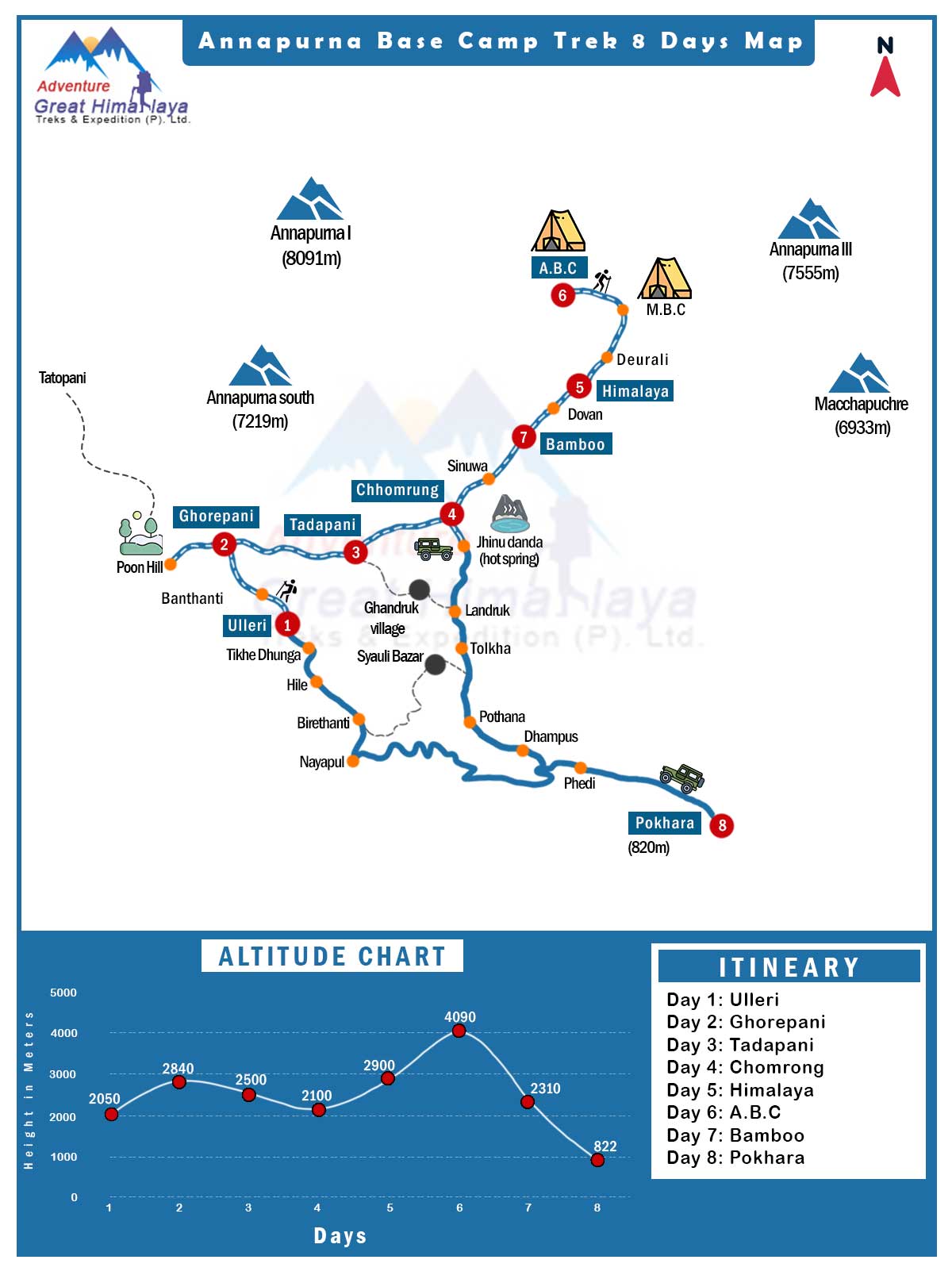
×

